Medical furniture is indispensable in the new construction, expansion and renovation of hospitals. It is a kind of furniture products that match the medical environment in medical institutions, improve the work efficiency of medical staff and improve the living conditions of patients. In the early 1970s, great attention was paid to the design, quality and use function of medical furniture in hospital construction. The design basis of medical furniture is described as follows:
1. Ergonomics
Ergonomics in medical furniture design emphasizes "people-oriented" and emphasizes that everything serves "people" (medical staff and patients). The application of ergonomics in furniture design emphasizes the physiological and psychological reactions of furniture to the human body during use, and conducts scientific experiments and measurements on this, providing a scientific basis for furniture design based on a large amount of analysis. At the same time, people's work, study, rest and other life behaviors are decomposed into various posture models. For example, when designing the height of a seat, it is measured and designed based on the human seat reference point. In addition, in medical furniture, it is very necessary to apply ergonomics in view of the particularity of the user population.
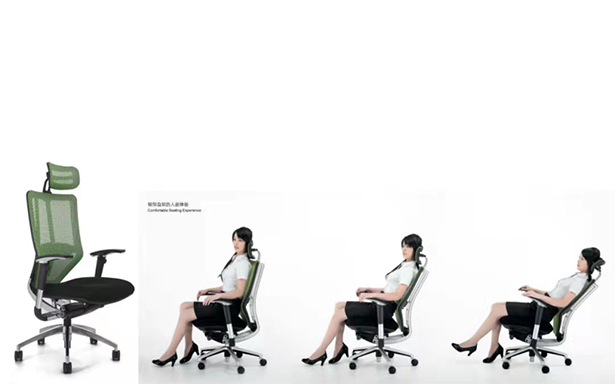
2. Green and environmentally friendly
Green and environmentally friendly means that medical furniture is harmless to the human body and the environment during use, and must also meet environmental protection requirements in the production process and recycling and reuse. For example, the materials used should be natural, contain no harmful substances, release no harmful gases, and be easy to recycle and utilize.
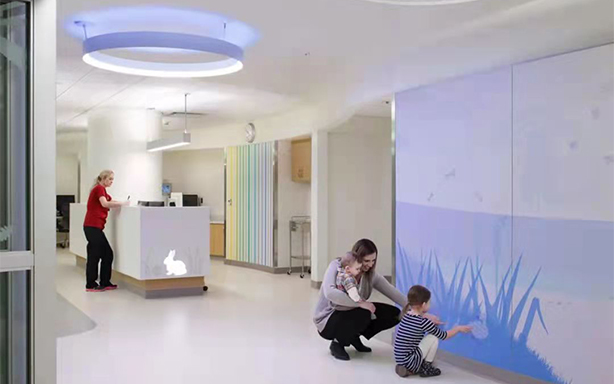
3. Combined with medical environment space
The design of medical furniture should be combined with the overall design of the medical space environment. The medical public space provides a space for the layout and design of furniture. Furniture design is to rationally organize and arrange the design of the interior space in this limited space, based on the space and the psychological changes of people to the entire environment.
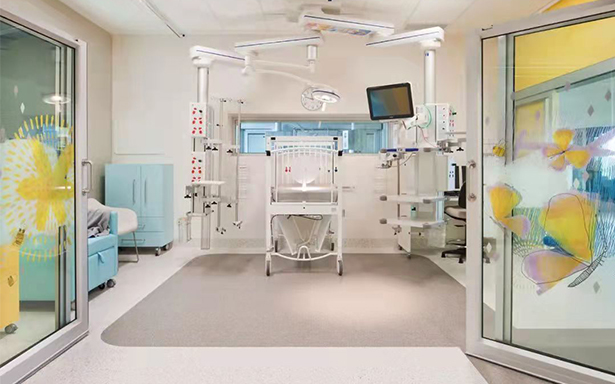
4. Bionics
Medical furniture and bionics are closely related. For example, the femur and pelvis of the human body are connected by many crisscross lines inside the femur - bone ridges, which are distributed in the parts with greater pressure. The bone ridges can reduce the weight of the bones while maintaining sufficient rigidity and strength. The metal swivel chair made according to this principle has the characteristics of light weight, high strength and material saving.
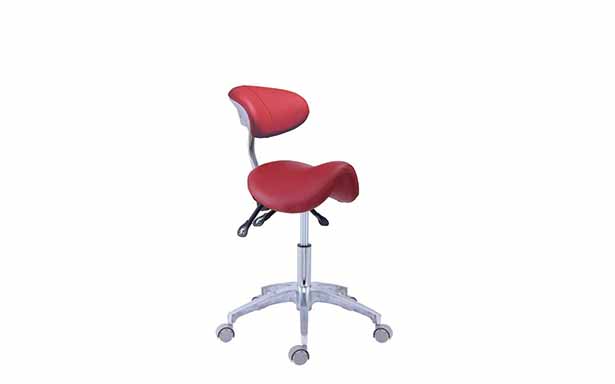
5. Color Science
The decorative patterns and color patterns of medical furniture take people's psychological needs into consideration. For example, the furniture in ordinary wards is simple and elegant, while the furniture in pediatric rooms is colorful, small and round. The warmth and coldness of colors and the complexity and simplicity of decoration will cause strong reactions in people.
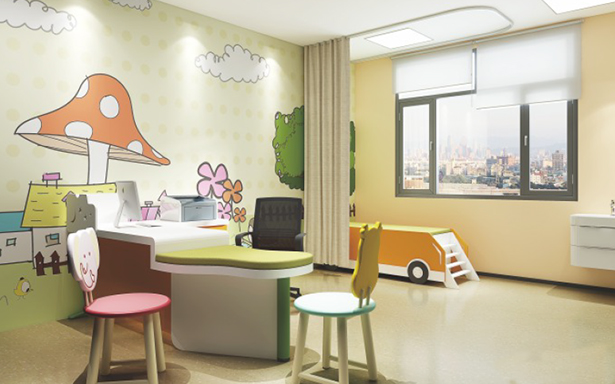
6. Materials Science
Medical furniture not only has a wide variety of types and materials, but also presents the characteristics of combining multiple materials. The materials used in medical furniture mainly include: wood, artificial board, veneer material, stone, plastic, metal, leather, hardware, etc.

7. Combination of medical use functions
Patients enter the outpatient hall from outside the hospital, and then enter the waiting room, specialist clinic, examination room, treatment room, etc. in turn. Each functional space has different demands for medical furniture. The demands for medical furniture in actual application are also different. Choosing the corresponding furniture configuration will also have special requirements in terms of environmental protection, comfort, safety, durability, cleanliness, operability, etc.
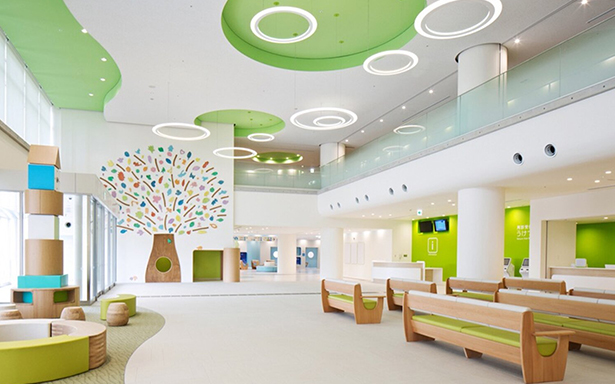
8. Hospital infection control requirements
Medical furniture should also have the characteristics of laboratory furniture, such as acid and alkali resistance, corrosion resistance, moisture resistance, etc. Acid and alkali resistance are the most basic requirements for medical furniture. For example, medical treatment cabinets and medical disposal cabinets must be moisture-proof, cross-infection-proof, and wear-resistant. The handles of medical cabinets must be rust-proof. There are certain requirements for temperature and humidity when placing medicines, special medicines, and some injections. At the same time, the design of medical furniture products must be easy to clean to effectively prevent and control hospital infections.
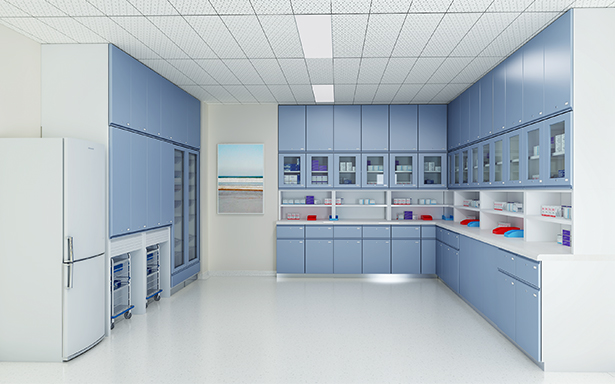
There are many varieties of medical furniture, which almost cover all functional units of the hospital. Therefore, the above eight points should be considered at the beginning of the design, so that the medical furniture designed in this way will be more fluid and practical.
